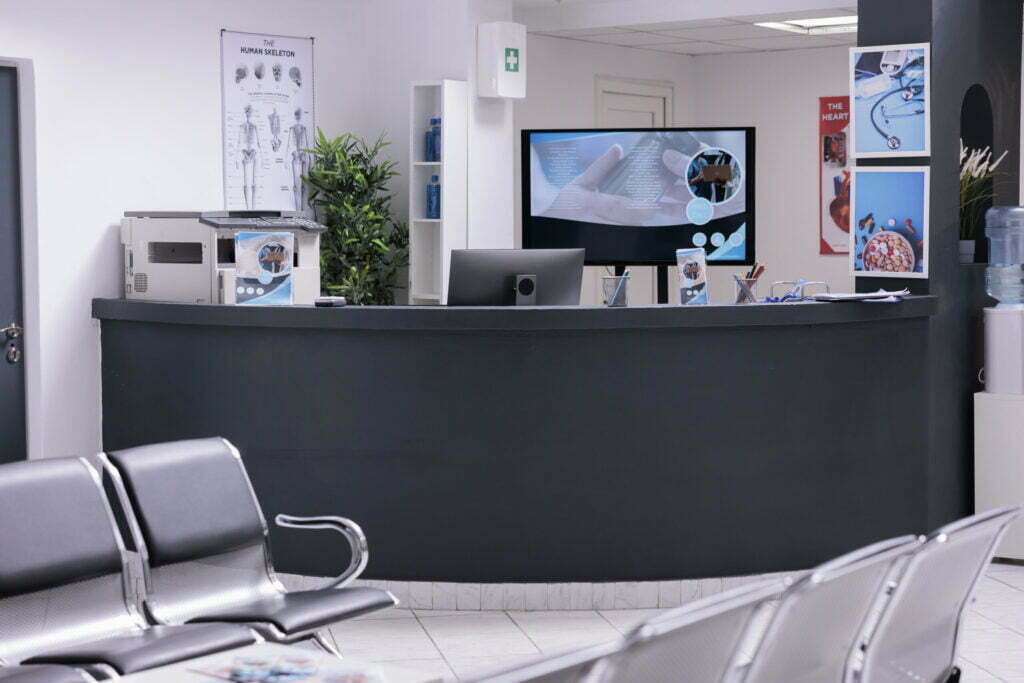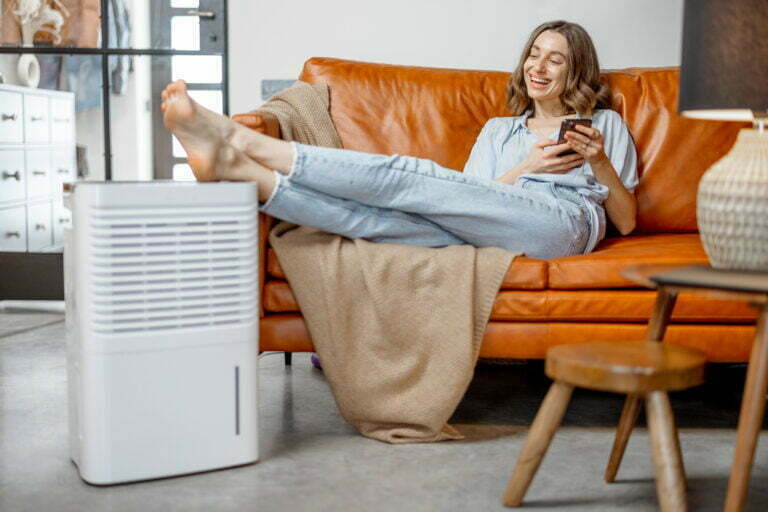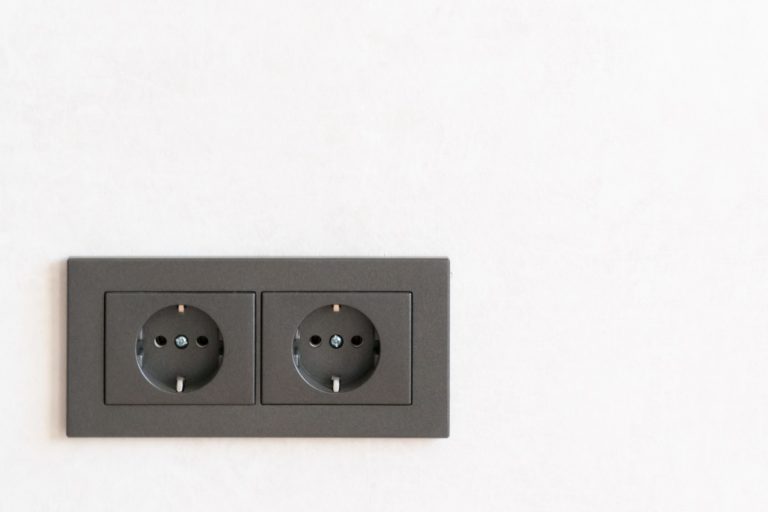The quality of patient care education in healthcare facilities plays a pivotal role in determining patient outcomes. It not only increases a patient’s confidence and comprehension of their own care but also improves adherence to treatment protocols, potentially reducing hospital readmissions. The challenge, however, lies in delivering this education in an efficient, engaging, and easy-to-understand manner. Fortunately, with advancements in technology and innovation in educational techniques, there are many strategies that healthcare facilities can employ to enhance patient care education.
The Role of Technology in Patient Care Education
In our increasingly digitized world, technology has found its way into every corner of our lives, including the healthcare sector. The introduction of healthcare animation, for example, offers a captivating and easily digestible method of explaining complex medical concepts to patients. When a picture is worth a thousand words, an animation might very well be worth ten thousand. By leveraging animations and other technological tools, patient education can be made more interactive, personalized, and effective.
Personalizing Education to the Patient’s Needs

Every patient is unique, not only in their medical condition but also in their learning style, cultural background, and educational level. Healthcare providers should recognize these differences and adapt their educational materials accordingly. For instance, a younger patient might benefit from interactive apps or games that explain their condition, while an older patient might prefer traditional brochures or one-on-one consultations.
One way to achieve this is by utilizing adaptive learning systems. These systems can assess a patient’s current knowledge level and customize educational materials to fill in the gaps. By tailoring the education to the patient’s needs, the information becomes more relevant, which in turn makes it more memorable.
Culturally Sensitive Materials
Diversity is not just about race or ethnicity. It encompasses a wide range of factors including language, religion, socio-economic status, age, gender, sexual orientation, and more. Therefore, it’s imperative that healthcare facilities ensure their educational materials are culturally sensitive.
For example, certain cultures may have taboos around discussing specific health issues, or they might view healthcare interventions differently. By being aware of these nuances and incorporating them into the patient care education materials, healthcare providers can ensure their education is not only understood but also respected and accepted by the patients.
Continuous Training for Healthcare Professionals
The best educational materials will fall short if the healthcare professionals delivering them are not adequately trained. Regular training sessions should be conducted to keep the medical staff updated on the latest educational tools and techniques. This not only includes training on the medical content but also on how to communicate effectively with patients.
Effective communication goes beyond merely delivering information. It involves active listening, empathy, and the ability to convey complex information in a manner that is easily understood. By equipping healthcare professionals with these skills, patient care education can be significantly enhanced.
Feedback Mechanisms
Continuous improvement is a cornerstone of any successful initiative, and patient care education is no exception. Healthcare facilities should establish robust feedback mechanisms to gauge the effectiveness of their educational materials and techniques.
This feedback can be gathered in various ways. For instance, post-education quizzes can assess the patient’s comprehension. Surveys can gauge the patient’s satisfaction with the education they received. Additionally, direct observations and focus groups can provide deeper insights into how the educational sessions are being received and where improvements can be made.
By acting on this feedback, healthcare facilities can ensure their patient care education remains relevant, effective, and engaging.
Collaborate With External Organizations
Often, the best resources and expertise lie outside the walls of a healthcare facility. Collaborating with external organizations, such as non-profits, educational institutions, or industry partners, can provide access to a wealth of knowledge and resources.
These organizations often have extensive experience in creating and disseminating educational materials. By leveraging this expertise, healthcare facilities can enhance the quality and reach of their patient care education. Furthermore, such collaborations can open up opportunities for funding or grants dedicated to patient education.
Incorporating Multimedia Elements in Education
Utilizing multimedia elements in healthcare education can greatly enhance understanding and retention. Multimedia, which includes audio, video, and interactive simulations, provides patients with a multi-sensory learning experience. For instance, a patient learning about the intricacies of a specific surgical procedure may benefit from watching a simulation of the surgery or hearing a physician explain the steps via an audio clip. By catering to both visual and auditory learners, multimedia can bridge the gap in understanding complex medical topics.
Moreover, multimedia offers the advantage of being accessible on various platforms, from in-room hospital televisions to personal smartphones. This accessibility ensures patients can revisit educational content at their own pace and comfort.
Emphasizing Peer-to-Peer Education
Peer-to-peer education is an often-underutilized resource in the healthcare setting. Patients who have undergone specific treatments or have managed certain conditions for years possess valuable experiential knowledge. Sharing these experiences with newly diagnosed patients can offer comfort, practical tips, and a sense of community.
Healthcare facilities can facilitate peer-to-peer sessions, either in-person or virtually. These sessions can range from group discussions to one-on-one mentorships. Such interactions offer patients a unique perspective, different from the clinical explanations they receive from healthcare professionals.
Bridging the Digital Divide
While there’s no denying the vast potential of digital tools in patient care education, it’s crucial to acknowledge the digital divide that exists among patient populations. Not every patient is tech-savvy or has access to the latest gadgets.
It’s essential for healthcare facilities to have alternatives in place. This could mean having in-person demonstrations, providing printed materials, or even organizing workshops where patients can be introduced to digital tools in a supportive environment. While it’s beneficial to leverage the latest technologies, it’s equally important to ensure that no patient is left behind due to technological barriers.
Creating a Conducive Learning Environment

The environment in which patient care education is delivered plays a significant role in its effectiveness. A noisy ward or a rushed consultation room is not conducive to learning. Healthcare facilities should aim to create a calm, quiet, and comfortable space dedicated to patient education.
This could be a dedicated room with comfortable seating, good lighting, and the necessary technological tools, like tablets or projectors. By ensuring the learning environment is optimized, healthcare facilities can significantly enhance the quality of patient care education.
The Role of Art and Creativity in Patient Education
Incorporating art and creativity into patient care education provides an avenue for patients to express their feelings, questions, and concerns. It can be therapeutic and offers a different approach to understanding their conditions.
For instance, drawing or sculpting can help patients externalize their experiences. Similarly, watching a play or listening to a song about a particular health issue can resonate deeply and offer insights that might be hard to achieve through traditional educational methods.
Healthcare facilities should consider partnering with local artists or creative agencies to weave artistic elements into their patient education programs. This not only offers patients a fresh perspective but also caters to those who might be more artistically inclined and benefit from such methods.
Toward a Brighter Future in Patient Care Education
In conclusion, enhancing patient care education in a healthcare facility is a multifaceted endeavour that requires the integration of technology, cultural sensitivity, continuous training, feedback, external collaborations, and a conducive learning environment. As healthcare facilities continue to strive for excellence in patient care, it’s crucial to remember that educated patients are empowered patients. By providing them with the knowledge and tools they need, we can pave the way for better health outcomes and a brighter future in healthcare.





